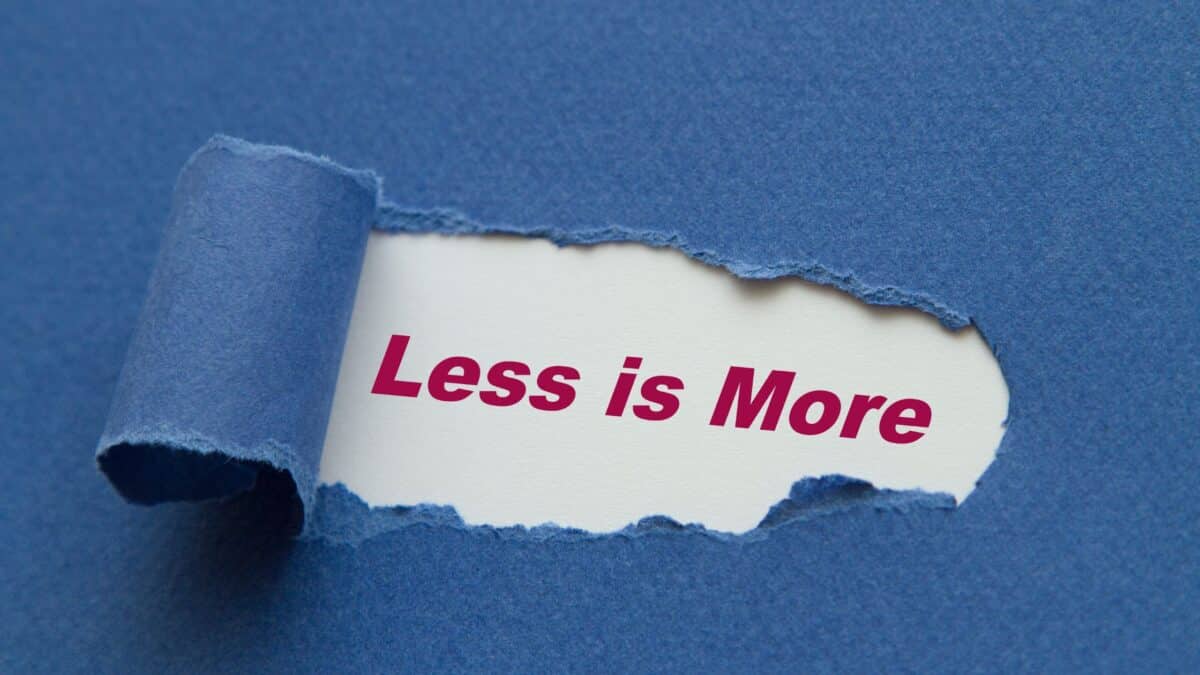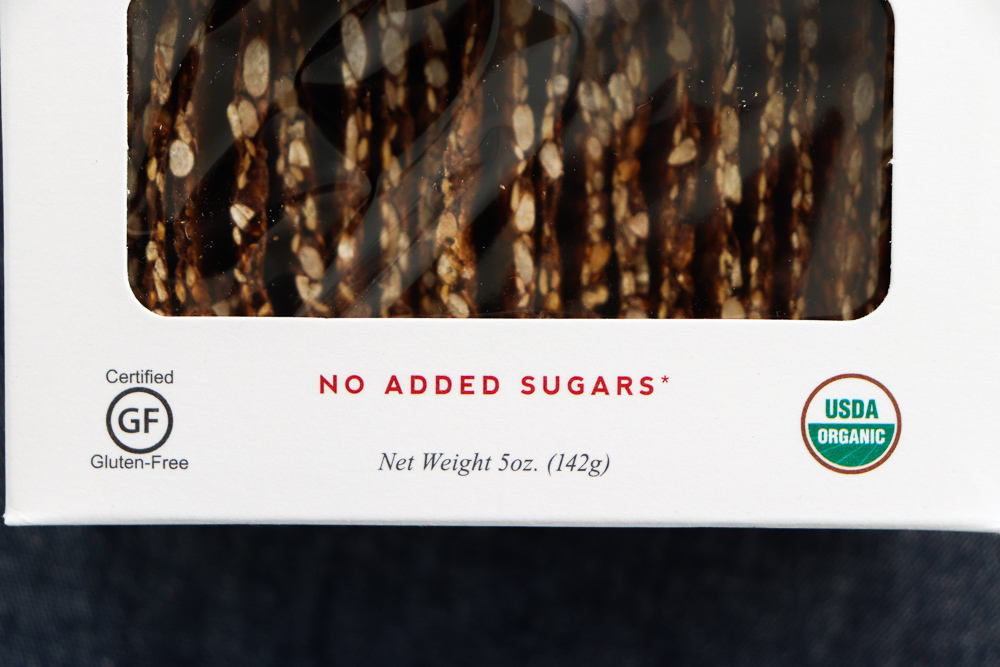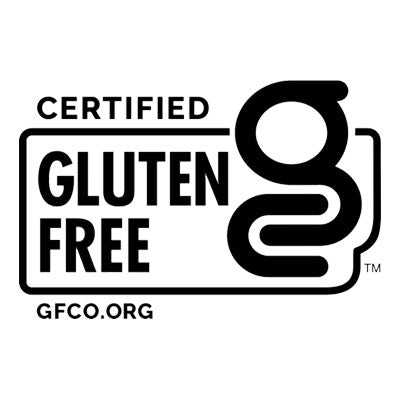Okay, let’s talk about getting that gluten-free certification for our products. It was quite a journey, and honestly, the cost part was something I really had to wrap my head around.

Starting the Process
First off, we decided we needed the certification. Seemed like more and more people were asking for it, and it felt like the right step for our little food business. So, the first thing I did was just start searching online. Who actually gives out these gluten-free seals of approval? Found quite a few organizations pretty quickly.
Then came the part of figuring out the differences. They aren’t all the same, you know. Some seemed bigger, some smaller, some focused on specific regions. I spent a good chunk of time just reading through their websites, trying to understand their rules and, importantly, how much they might charge.
Figuring Out the Costs
This is where it got tricky. Most places didn’t just list a flat price. It makes sense, I guess. The cost really seemed to depend on a few things:
- Our company size: Bigger companies usually pay more. We’re small, so that helped.
- Number of products: Certifying one product is cheaper than certifying twenty. We had a handful we wanted to start with.
- Complexity: How complex our production setup was. Did we handle gluten ingredients elsewhere? That needed checking.
- The certifying body itself: Different organizations just have different fee structures.
So, I had to actually reach out. I emailed a couple and called one or two. I asked them straight up: “What’s this likely to cost someone like us?” They usually asked for details about our business, our revenue, the products we wanted certified. It felt a bit like getting quotes for car insurance.
Be prepared for a range of costs. It wasn’t just one fee. There was often an application fee just to get started. Then there was the cost for them to review everything, maybe an inspection or audit fee (someone might need to visit your kitchen or factory), and finally, a licensing fee to actually use their logo on your packaging. That last one could be annual.

The Application and Audit Steps
Once we picked an organization that felt right and whose costs seemed manageable (though still a significant investment for us!), we started the paperwork. Lots of forms. We had to detail our ingredients, our suppliers, our cleaning procedures – everything to show we were serious about preventing cross-contamination.
Then came the audit. For us, it involved a detailed review of our processes and documentation. It wasn’t just about the money cost anymore; it took up a lot of our time getting everything ready and making sure we passed. This ‘time cost’ is something people forget to factor in.
Paying Up and Keeping It Going
After we passed the checks and balances, we had to pay the main fees. For us, it was a lump sum for the year’s license to use the mark. Seeing that money go out was a bit nerve-wracking, hoping it would pay off.
And it’s not a one-time thing. Remember the annual renewals. We have to pay a fee each year to keep the certification active. Sometimes this involves another review or audit, sometimes it’s simpler, but the cost is ongoing.
Was It Worth It?
So, yeah, getting gluten-free certified definitely costs money. It’s not just pocket change, especially for a smaller operation. You have the initial fees, the audit costs (sometimes including travel for the auditor), the annual license fee, plus the internal time and effort. But, for us, seeing that recognized logo on our products did seem to open some doors and give customers confidence. You just have to weigh the expense against the potential benefit for your specific situation. It was a process, that’s for sure, and the financial part was a big piece of the puzzle we had to solve.

